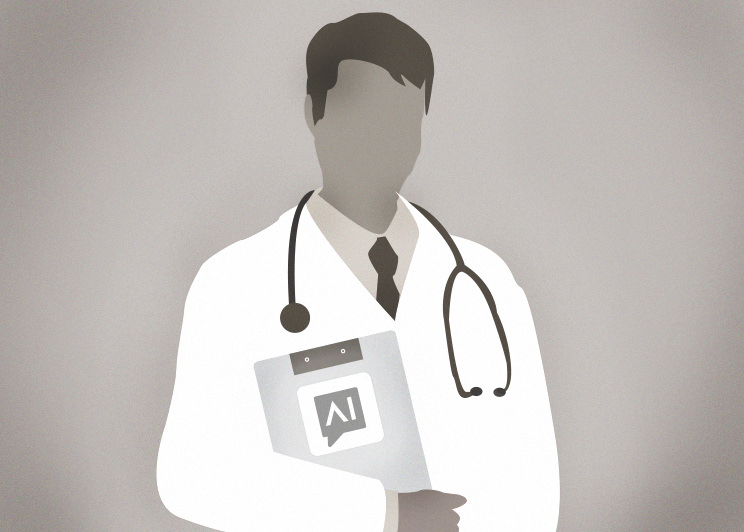
Big healthcare is big business. And with a market cap topping $4.5 trillion, everyone wants a share of the profits. This is why the recent forays of retail giants like Amazon, CVS, and Walgreens in the healthcare sector aren’t surprising in the least.
While this might seem like a logical transition as big corporations find ways to expand, what’s not logical (at least at first glance) is that they… kind of suck at the whole healthcare thing.
To date, these retail giants have spent billions buying up primary care chains hoping to tap into the massive healthcare pie. But despite their colossal investments, each company has ended up with the same results — disappointment, unstaunched money hemorrhaging, and tsunamis of retrenchments.
With seemingly endless resources to tap into, why can’t these giants cut it when it comes to healthcare, especially when DPC clinics nationwide are continually lowering costs, increasing quality of care, and providing more access to patients everywhere?
Let’s find out.
The Big Business Approach
The clue to pinning down exactly why big businesses can’t hack healthcare lies in their approach.
Instead of starting from the ground up, connecting with communities, and building trust along the way, the corporate method is to acquire as many primary-care chains as possible and gain direct access to millions of patients.
The numbers are pretty crazy. Amazon scooped up One Medical for $3.9 billion, CVS acquired Oak Street Health for $10.6 billion, and Walgreens sunk over $6 billion into VillageMD.
These have been anything but smooth, and the plug-and-play approach proved that trying to enter the healthcare market without patient consideration is complex and costly.
The results speak for themselves:
- In an attempt to reduce costs by around $100 million, Amazon laid off “a few hundred” One Medical staff, shutting corporate offices, and dramatically reducing marketing budgets.
- Walgreens, on the other hand, after reporting losses of $1.7 billion in 2023, decided to close around 60 VillageMD clinics.
- And CVS’ Oak Street, with operating losses of around $520 million in 2023, is struggling to open the 50 to 60 new locations it had planned in 2024.
The DPC Success Story
So if the big business approach of “buy now and integrate later” doesn’t work, what makes DPC so successful, especially with fewer resources, staff, and patients?
There are a few different things to consider:
- Lower overheads. Without the need to process insurance claims, DPC clinics can operate with lower overhead costs. This allows them to invest more in patient care and pass savings on to their patients.
- Focus on prevention. Because DPC physicians focus on preventive care, they reduce the need for specialist and hospital care, which leads to healthier patients and lower overall healthcare costs.
- Simplicity. DPC eliminates the complexity of insurance billing by charging patients a flat monthly fee. This can significantly reduce overhead costs and the hassle for both providers and patients. It also makes healthcare costs predictable, which patients really value.
- Flexibility. DPC clinics are smaller and more nimble than large corporations. This means they can quickly adopt new technologies and practices that improve care and efficiency way faster. This flexibility is a significant advantage over lumbering big business healthcare models.
- Patient first. The DPC model emphasizes the patient-doctor relationship, one built on care, community, and trust, rather than just the bottom line.
Simply put, DPC offers a simpler, more patient-centric approach, designed to reduce costs at every step of the healthcare journey.
Big Healthcare Is Struggling. DPC Has Never Been Healthier.
The above stories highlight how the attempt to graft complex healthcare services onto existing commercial infrastructures misses a crucial piece of the puzzle — patient care.
While scale and profitability are necessary from a business perspective, they clash with the personalized nature of effective healthcare delivery.
On the other hand, Direct Primary Care exemplifies how healthcare can thrive when it is built from the ground up, focusing primarily on patient care rather than profit margins.
By eliminating the middlemen and nurturing a relationship between patients and physicians, DPC shows what’s possible when healthcare sticks to its roots — providing quality, accessible, and affordable care with an uncomplicated, patient-focused approach.

